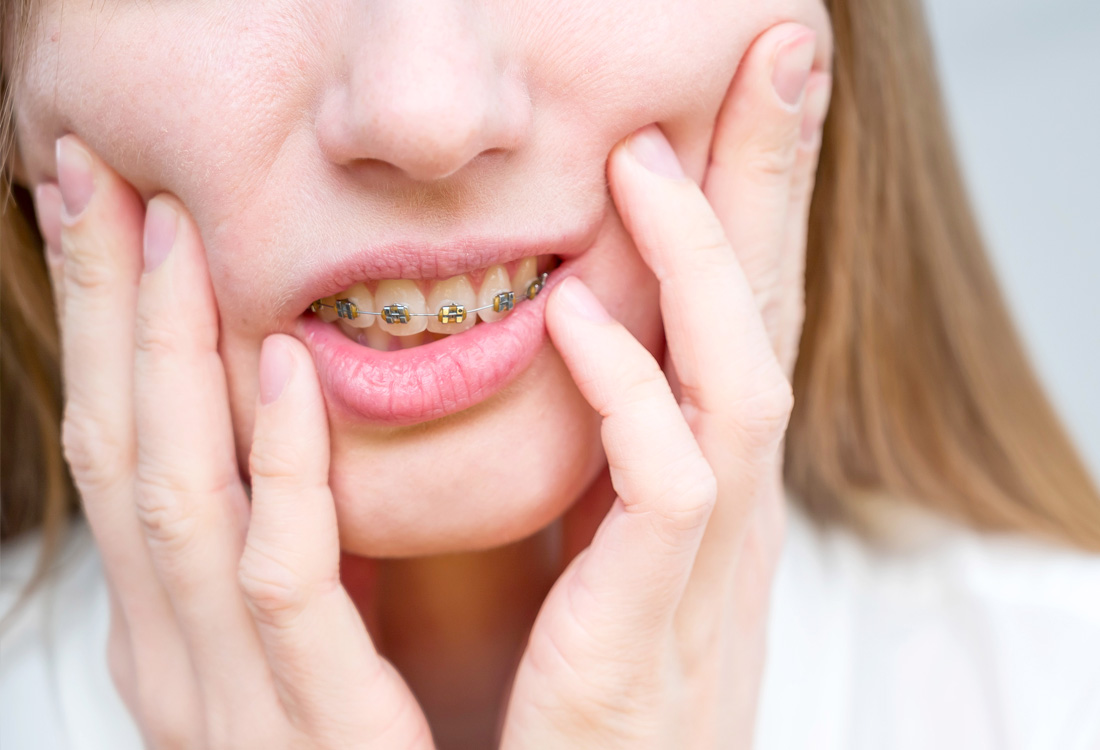1813 Eastchester Dr #200, High Point, NC 27265
Monday: 8:00am to 2:00pm
Tuesday: 8:00am to 5:00pm
Wednesday: 8:00am to 5:00pm
Thursday: 8:00am to 5:00pm
Friday: 8:00am to 5:00pm








